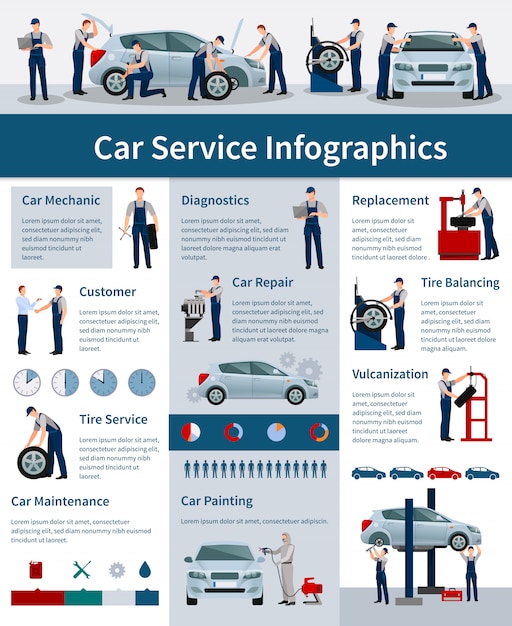Decoding Your Lorry'S Caution Indicators: What They Truly Represent
Decoding Your Lorry'S Caution Indicators: What They Truly Represent
Blog Article
Author-Hartley Kejser
When you're behind the wheel, those radiant caution lights on your control panel can be a bit bewildering. Do you recognize what they're attempting to tell you about your car's health and wellness? Comprehending the relevance of these lights is important for your security and the long life of your vehicle. So, the next time one of those lights appears, would not you want to analyze its message precisely and take the required actions to resolve it?
Common Caution Lights and Interpretations
Determine common warning lights in your cars and truck and understand their meanings to make certain safe driving.
The most regular warning lights include the check engine light, which signals problems with the engine or exhausts system. If this light comes on, it's critical to have your car inspected quickly.
The oil pressure alerting light shows low oil pressure, calling for prompt interest to stop engine damages.
Read the Full Piece of writing blinking battery light could recommend a malfunctioning billing system, potentially leaving you stranded otherwise resolved.
The tire pressure tracking system (TPMS) light alerts you to low tire pressure, influencing car security and gas effectiveness. Neglecting this could lead to harmful driving problems.
The ABS light shows a problem with the anti-lock stopping system, compromising your ability to quit rapidly in emergency situations.
Lastly, https://www.bloomberg.com/news/features/2021-10-22/the-ev-disruption-that-nobody-s-talking-about cautioning light warns of engine overheating, which can lead to serious damage if not dealt with quickly.
Comprehending these typical warning lights will aid you attend to problems immediately and preserve secure driving problems.
Importance of Prompt Attention
Recognizing the usual warning lights in your auto is only the primary step; the relevance of without delay attending to these cautions can not be emphasized enough to ensure your security when driving.
When a caution light illuminates on your dashboard, it's your cars and truck's method of communicating a possible problem that needs attention. Ignoring these warnings can cause much more severe troubles in the future, jeopardizing your security and potentially costing you much more in repairs.
Trigger attention to cautioning lights can prevent malfunctions and accidents. For example, a blinking check engine light might show a misfire that, if left unattended, could cause damages to the catalytic converter. Addressing this promptly can save you from an expensive repair.
In a similar way, a brake system alerting light could signal reduced brake fluid or worn brake pads, crucial components for your safety when driving.
Do It Yourself Troubleshooting Tips
If you notice a caution light on your dashboard, there are a few DIY fixing tips you can attempt before seeking expert aid.
The first step is to consult your vehicle's guidebook to understand what the certain warning light suggests. Sometimes the concern can be as straightforward as a loose gas cap causing the check engine light. Tightening the gas cap may deal with the issue.
Another common issue is a reduced battery, which can set off various advising lights. Checking the battery connections for deterioration and guaranteeing they're protected could deal with the issue.
If a caution light continues, you can try resetting it by separating the auto's battery for a few minutes and afterwards reconnecting it. Additionally, checking your vehicle's liquid levels, such as oil, coolant, and brake fluid, can aid repair advising lights associated with these systems.
Final thought
In conclusion, recognizing your cars and truck's caution lights is vital for keeping your car running smoothly and safely. By promptly attending to these notifies and knowing what they suggest, you can stay clear of costly repair work and possible break downs.
Remember to consult your automobile's guidebook for certain information on each alerting light and do something about it as necessary to guarantee a hassle-free driving experience.
Remain notified, stay secure when driving!
